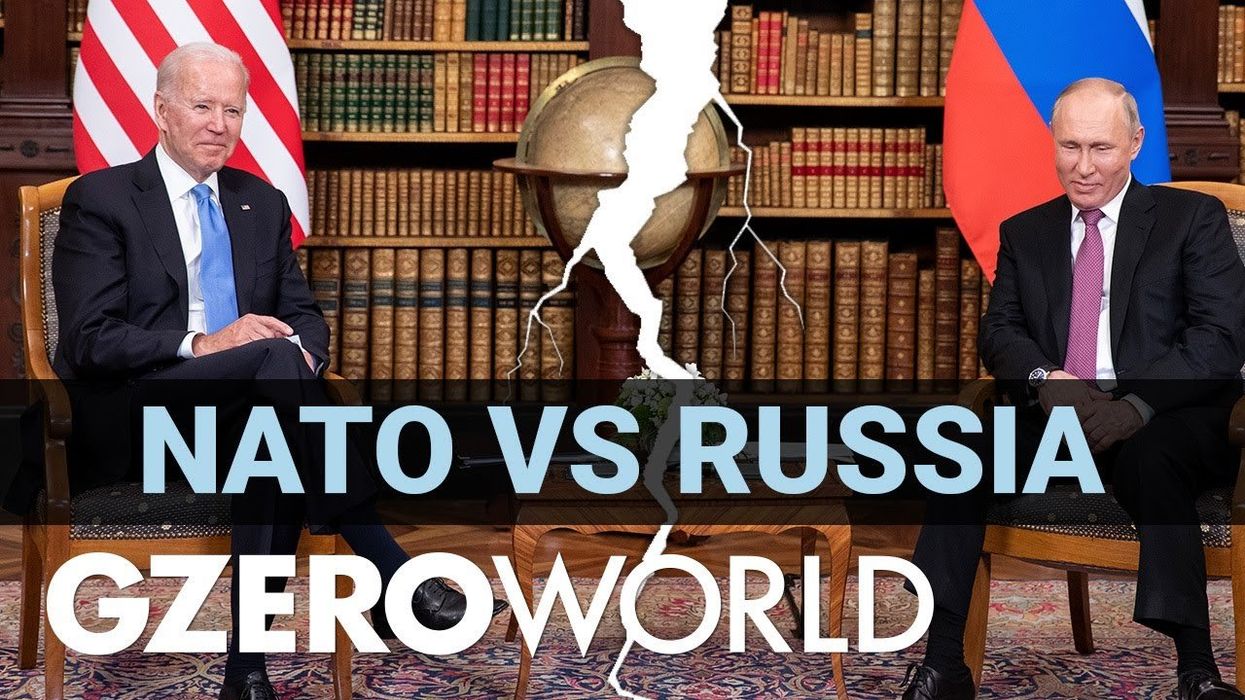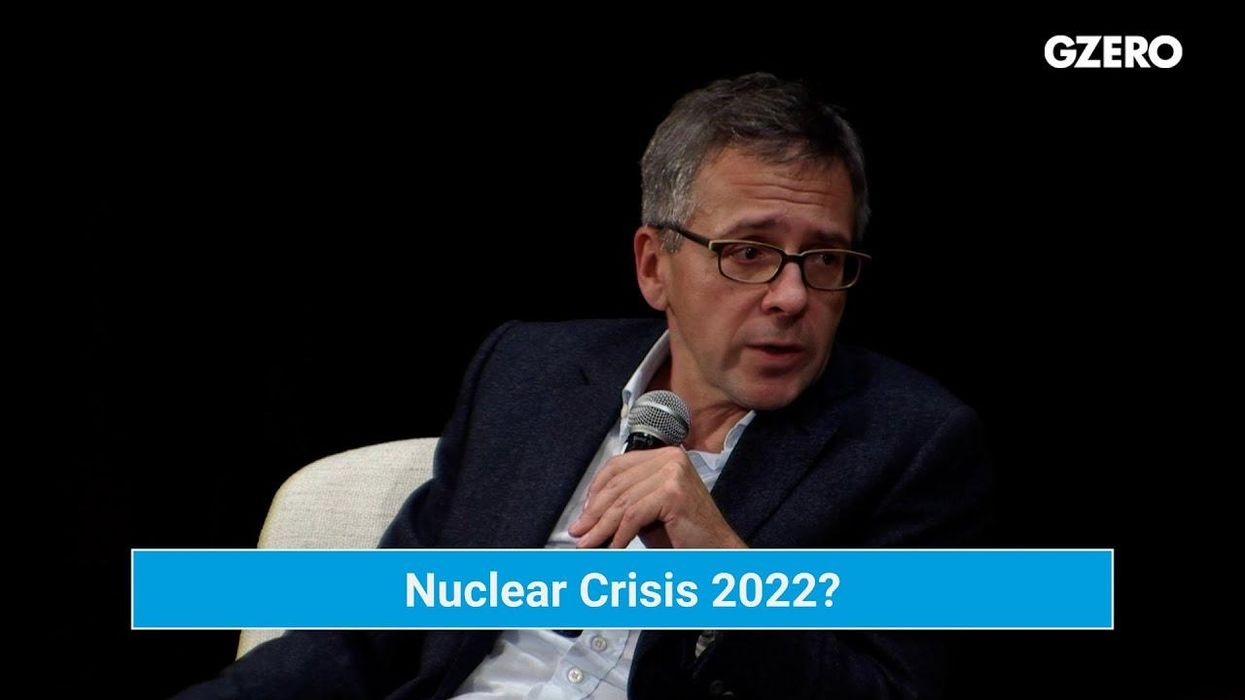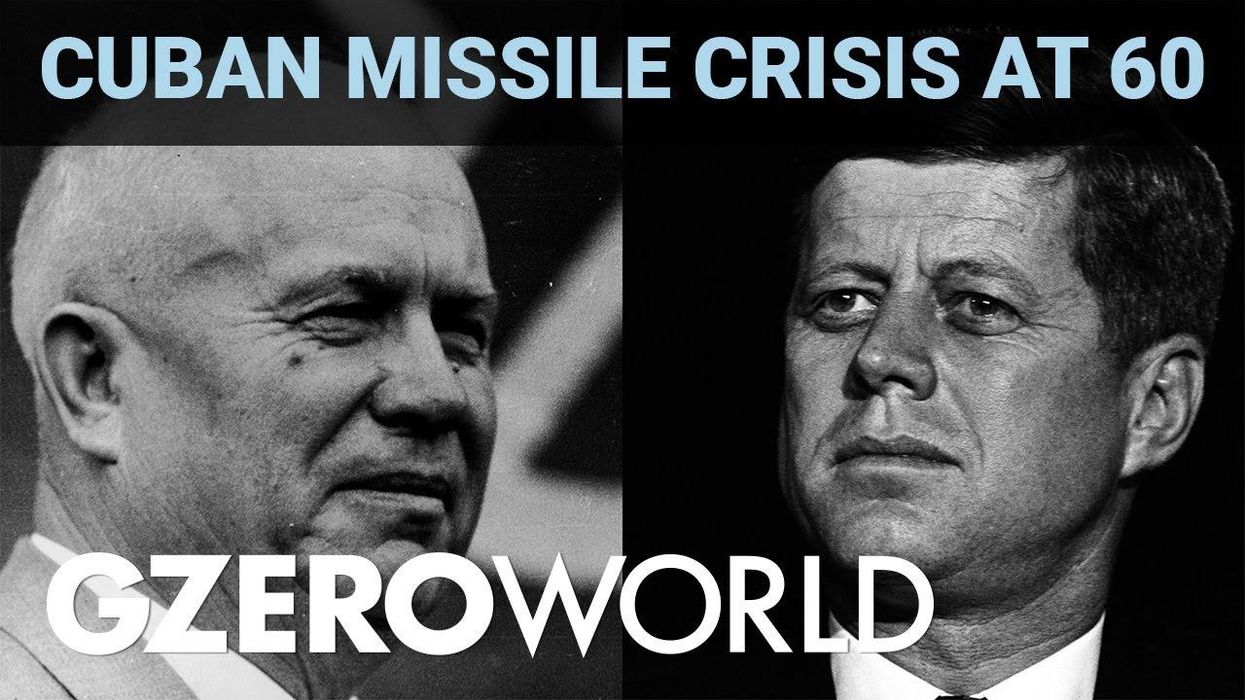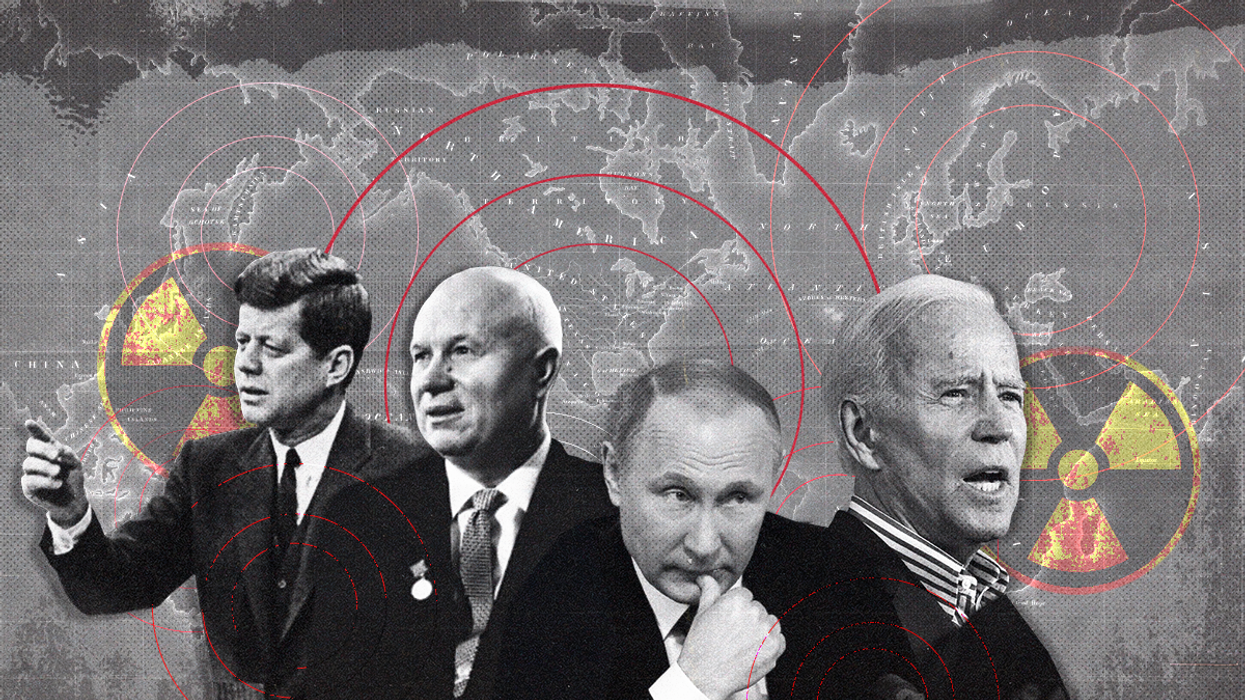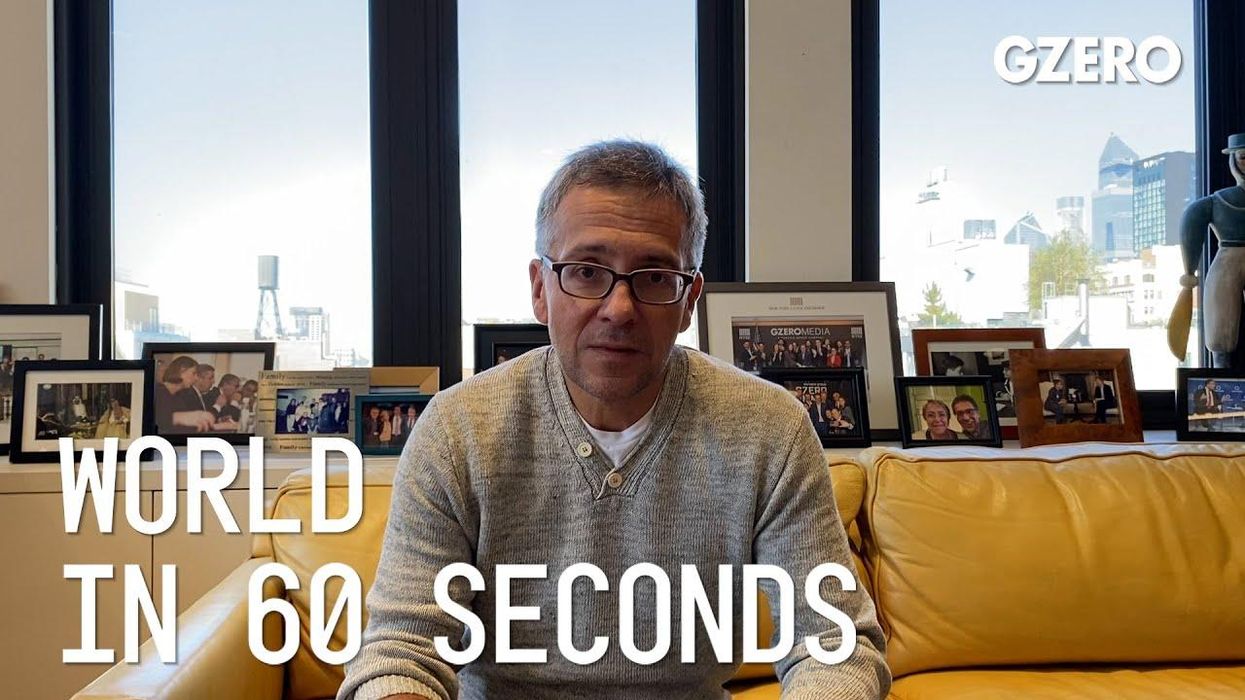GZERO World Clips
Odds of NATO-Russia war rising
Russia's war in Ukraine has dramatically raised the odds of a direct confrontation with NATO due to Western sanctions against Moscow. Russia now considers NATO to be its enemy, and vice versa, former US Ambassador to NATO Ivo Daalder tells Ian Bremmer on GZERO World.In fact, Daalder explains, Russian military aggression is a very real and present danger.
Apr 20, 2023
